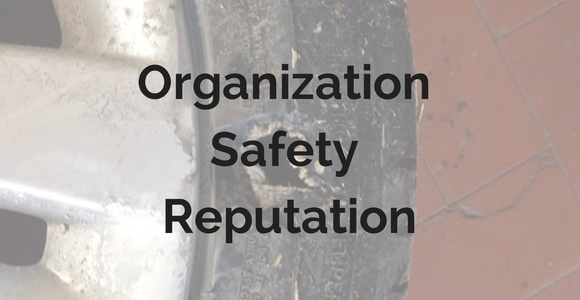What if someone publicly declared that he had the formula to write the perfect headline? One that is so irresistible every person who sees it has to click on it? You’d probably sign him up immediately and maybe even promise them irresistible perks and bonuses.
But what if he then told you that not one single person out of all the millions who would click on that headline would convert? And that you might lose all your credibility in the process? Would all the traffic generated by that “perfect” headline be worth it?
With that in mind, what’s the purpose of a headline, really? Back in the good old days, headlines were created to sell newspapers. Newsboys stood on street corners shouting the headlines in an attempt to hawk those newspapers. Headlines had to be enough of a tease to get readers interested but they had to be trustworthy enough to get a reader to buy again tomorrow. Competition for eyeballs was less fierce because a town only had so many newspapers. Nevertheless, paper costs money and editors were always happy to get a repeat customer.
Nowadays the competition for eyeballs feels even stiffer because it’s hard to get noticed in the vast sea that is the internet. It’s easy to feel a little desperate. And it seems like the opportunity cost of turning away a customer is much lower than it was before. But aren’t we doing content as a product? Does the quality of that product matter?
There’s no arguing that headlines are important. The fact is that many copywriters recommend an 80:20 ratio of energy spent on headline to copy. That might be taking things a bit far, but a bad (or even just boring) headline will tank your traffic. Here is some expert advice on writing headlines that convert: It is advisable to take advantage of psychological trigger words like, “weird,” “free,” “incredible,” and “secret” to create a sense of urgency in the reader. Can you possibly wait to read “Secret ways butter can save Your Life”? That is food for thought right there. Number two, use question headlines like “Can You Increase Your Sales by 45% in Only 5 Minutes a Day?” that get a reader asking themselves, “I have no idea, can I?” and promptly clicking away to find out.
Many readers still (consciously or not) consider headlines a promise. So remember, as you fill the headline with hyperbole and only write eleven of the twelve tips you set out to write, there are readers on the other end hoping that butter is really good for them.


